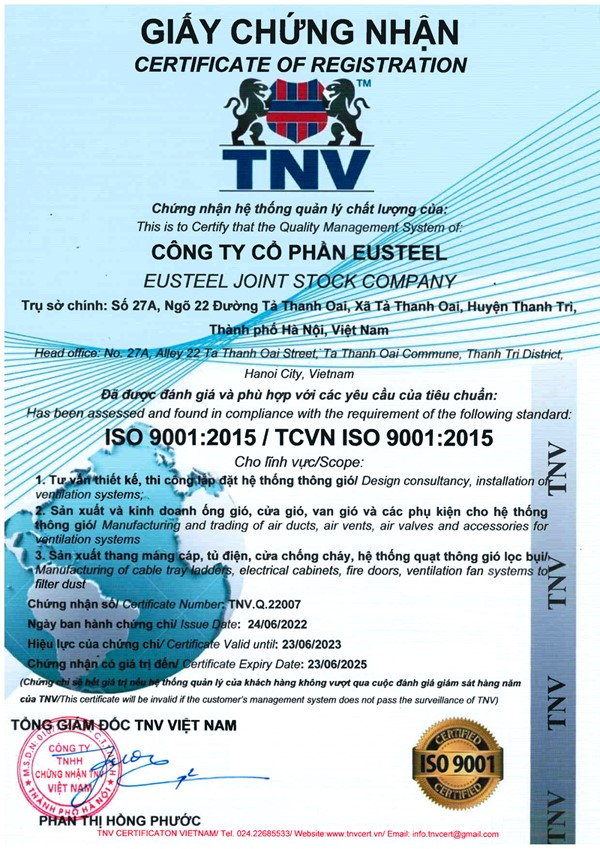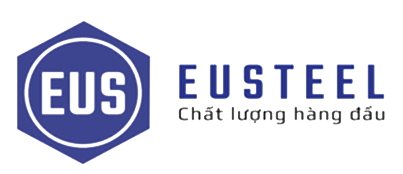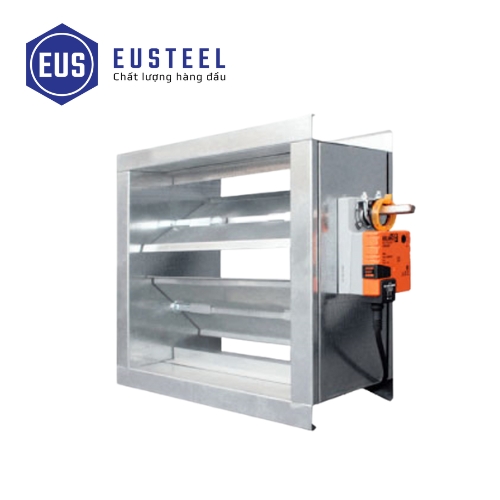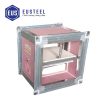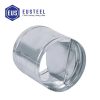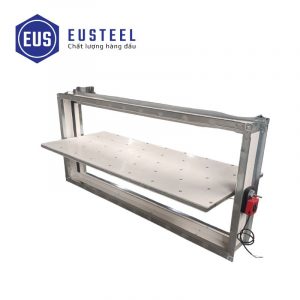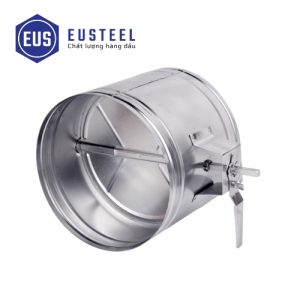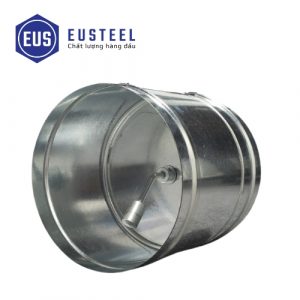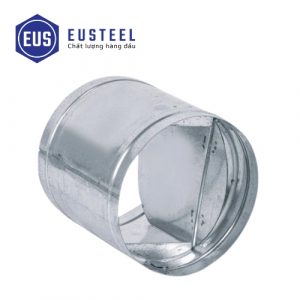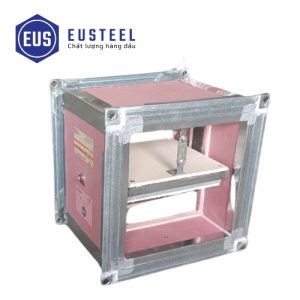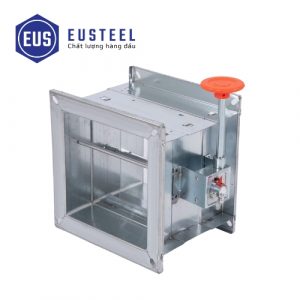Top quality
Motorized Damper
Condition: In stock
Origin: Vietnam
Brand: Eusteel
Air mixing system: Controls the mixing ratio between fresh air and return air to optimize energy efficiency.
Room pressure control: Especially in clean rooms, operating rooms, or laboratories, motorized valves combine with pressure sensors to maintain precise positive or negative pressure.
ON/OFF type: The motor has only 2 states: completely open or completely closed.
Proportional control type (modulating): The motor can open the valve to various degrees (e.g. 0%, 25%, 50%, 75%, 100%) depending on the control signal, allowing more precise adjustment of air flow.
Feedback (optional): Some motors have the function of feedback (feedback) the valve status to the control system, indicating what percentage the valve is open, helping the system to monitor and control more accurately.
High automation: Fully automatic operation, no manual intervention required, minimizing human effort and operating errors.
Precise control: Especially with proportional control motors, allowing extremely precise adjustment of air flow to meet exact needs.
Energy saving: Optimize energy usage by supplying only the amount of air needed to each area, minimizing waste.
Remote monitoring and control: Allows status monitoring and remote adjustment through the BMS system.
Increase comfort and air quality: Ensure the living and working environment is always comfortable and fresh.
Fire safety: Motorized fire suppression and smoke control valves play an extremely important role in building fire safety.
